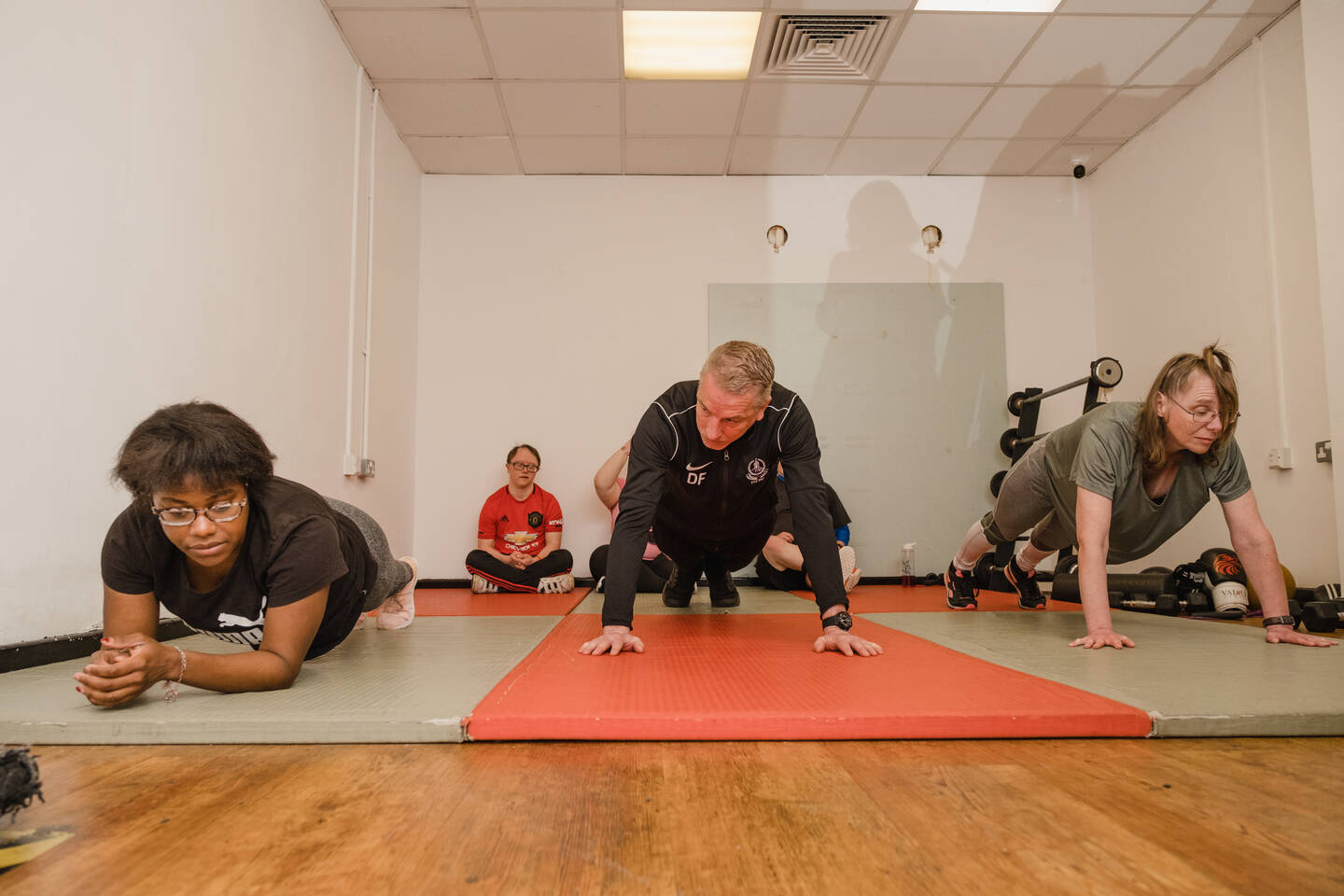Updated resources to help improve inclusive activity
Activity Alliance has today released two updated resources; ‘Supporting disabled people from low-income households to be active’ and ‘Inclusive activity: Taking a person-centred approach’.

Activity Alliance has a wealth of resources to support disabled people to be active. Being physically active is an important part of maintaining a heathy lifestyle. Regular physical activity provides many benefits such as improving mental and physical health, quality of life, wellbeing and independence.
Today we are releasing updated versions of our vital resources:
- Engagement Factsheet 11: Supporting disabled people from low-income households to be active
- Inclusive Activity Resource Taking a person-centred approach
Our research shows there are many barriers that can prevent disabled people from accessing opportunities to be active. This includes having the financial resources or essentials for a minimum standard of living. If a person’s basic human needs cannot be met, it is often referred to as poverty. This can affect whether some disabled people can or want to take part in various activities.
Activity Alliance has a series of effective engagement factsheets that encourage you to think about the different ways to include disabled people in physical activity.
Engagement Factsheet 11: Supporting disabled people from low-income households to be active provides insight on how poverty can affect disabled people’s lives and their opportunities to be active. It is part of 11 effective engagement factsheets.
Research also shows there are high levels of physical inactivity among certain populations. This includes disabled people, women and girls, older people, ethnically diverse communities, LGBTQIA+ community and people from lower socioeconomic households.
Many organisations group inactive audiences by these standard demographics. This can lead to assumptions about their behaviour, motivations and barriers to being active. Disabled people are a part of every social demographic, motivated to be or not to be active for numerous reasons. For the sport, leisure and physical activity sector to be inclusive of disabled people, we must acknowledge this and treat disabled people as individuals.
Disabled people’s lives are influenced and shaped by many characteristics. This includes, but is not limited to, age, gender expression and identity, ethnicity, race, disability, religion or belief, sexual orientation, gender reassignment, marriage or civil partnerships, pregnancy and maternity.
This is part of what is known as ‘intersectionality’ the framework for understanding how a person’s social identities connect and overlap. Through an awareness of intersectionality, we can better acknowledge and understand the differences in all of us.
Inclusive Activity Resource Taking a person-centred approach highlights intersectionality in relation to disabled people. It encourages the sport, physical activity and leisure sector to look beyond standard demographics and take a person-centred approach in providing opportunities.
You can find more resources on the Activity Alliance website.